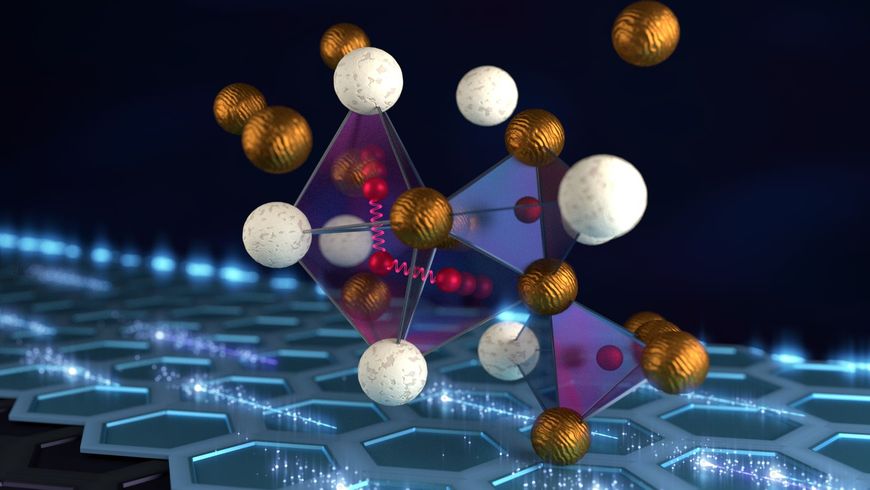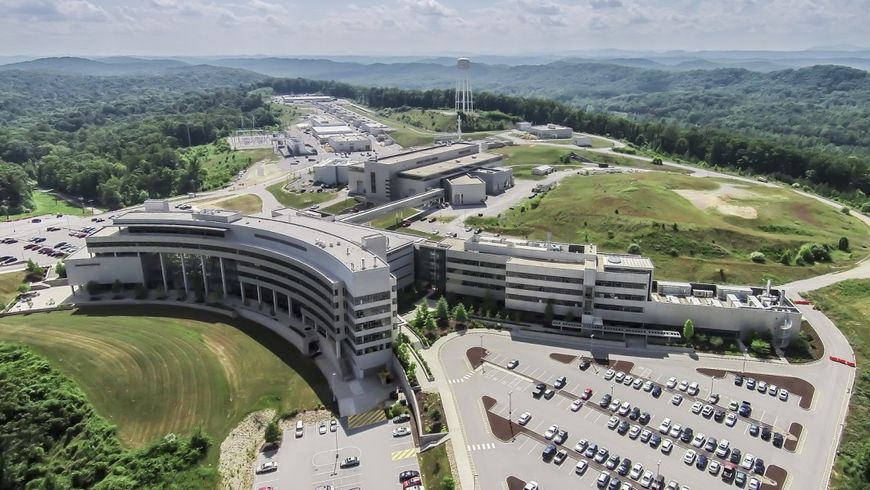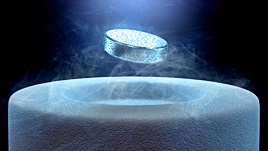Unexpected hydrogen density in metal hydrides
New insights could lead to superconductivity in ambient conditions

The scientists conducted neutron scattering experiments at the Oak Ridge National Laboratory (ORNL) in the US on samples of zirconium vanadium hydride at atmospheric pressure and at temperatures as high as -23 degrees Celsius. Their findings detail the first observations of such small hydrogen-hydrogen atomic distances in a metal hydride, as small as 1.6 angstroms (less than one millionth of a millimeter), compared to the 2.1 angstrom distances predicted for these metals, as the scientists report in the latest issue of the «Proceedings of the National Academy of Sciences» (PNAS). This interatomic arrangement is remarkably promising since the hydrogen contained in metals affects their electronic properties. Other materials with similar hydrogen arrangements have been found to start superconducting, but only at very high pressures. The research team included scientists from Empa, the University of Zurich, the Polish Academy of Sciences, the University of Illinois at Chicago, and ORNL.
Simulations made by supercomputers
High-resolution inelastic neutron spectroscopy was used to probe the hydrogen interactions in the metal hydride. However, the resulting spectral signal, including a prominent peak at around 50 millielectronvolts, did not agree with what the models predicted. The breakthrough in the understanding occurred after the team used ORNL's supercomputers. These computer simulations, along with additional experiments ruling out alternative explanations, proved conclusively that the unexpected spectral intensity occurs only when distances between hydrogen atoms are closer than 2.0 angstroms – which had never been observed before in a metal hydride at ambient pressure and temperature. The team’s findings represent the first known exception to the Switendick criterion in a bimetallic alloy, a rule that holds for stable hydrides at ambient temperature and pressure the hydrogen-hydrogen distance is never less than 2.1 angstroms.

“An important question is whether or not the observed effect is limited specifically to zirconium vanadium hydride,” says Andreas Borgschulte from Empa's Advanced Analytical Technologies lab. “If we do theoretical calculations of the material respecting the Switendick limit, we cannot verify the peak. This leads to the conclusion, that in vanadium hydride, hydrogen-hydrogen pairs with distances below 2.1 angstroms definitely do occur.”
| Audio |

En étudiant les hydrures métalliques basés sur d'hydrogène, le zirconium et le vanadium, les chercheurs de l'Empa ont constaté que la distance entre les atomes d'hydrogène est plus petite que ce qui était supposé auparavant. Cette découverte pourrait ouvrir de nouvelles voies dans divers domaines. Radio programme on RTS of February 6, 2020, in French
-
Share
